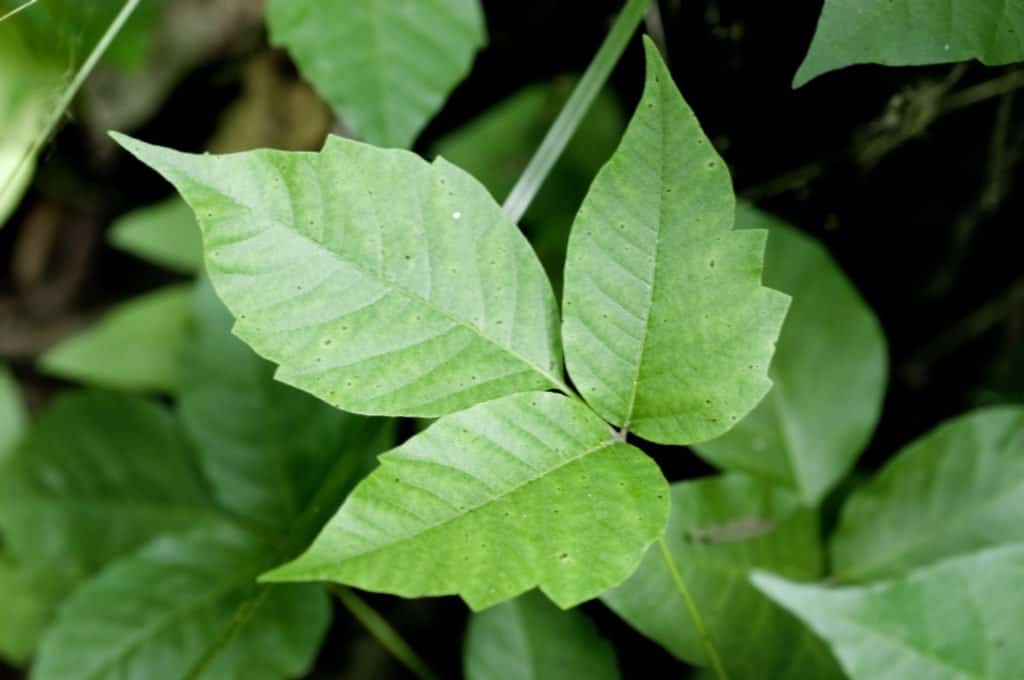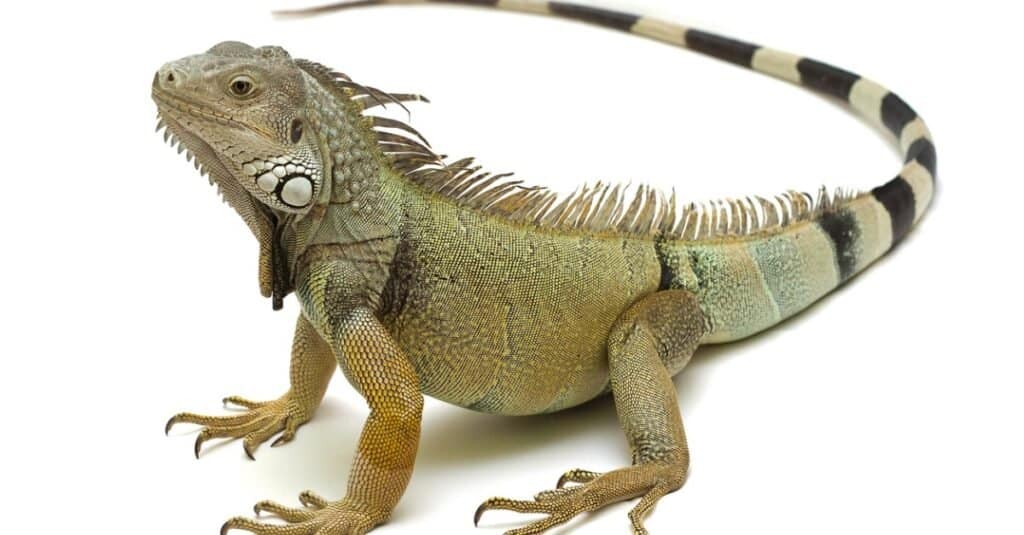How Does A Plant Cell Differ From An Animal Cell
Plant and fauna cells are both extremely of import to the survival of millions of species and without them life couldn't exist. Although they share a lot of similarities, they have quite a few differences as well, and even the smallest difference can be massively important to the chore that they exercise. So how are they akin and what separates found cells vs. animal cells?
Well, they are a dissimilar size and shape and store different types of free energy. Both have a nucleus, although it is centrally located in ane and non in the other. They both have cell membranes, although one has a prison cell wall and the other doesn't.
Comparison Creature Cells vs Institute Cells
Plant and animal cells accept many differences and each different part is vital to the function they play. They are so essential that they are considered to exist the building blocks of every living thing on earth – both plant and animal. Although near cells are and so tiny that they can merely be seen through a microscope at that place are some important differences betwixt them.
Check out the chart below to acquire a few of the main differences.
| Animate being Cells | Plant Cells | |
| Size | 10 – thirty micrometers | ten – 100 micrometers |
| Shape | Irregular shape | Stock-still, rigid shape – often rectangular |
| Cell Wall | No | Yes |
| Chloroplasts | No | Aye |
| Nucleus location | Fundamental | Off center, towards one side |
| Vacuole | Many pocket-sized vacuoles | Large central vacuole |
| Stored energy | Glycogen | Starch |
| Plasmodesma | No | Yes |
| Lysosomes | Yep | Rarely |
| Centrioles | Yes | Rarely |
The 10 Cardinal Differences Betwixt Plant and Animal Cells

Tim Mainiero/Shutterstock.com
Plant vs Beast Cells: Size
Creature cells are generally much smaller than plant cells. Animal cells are ordinarily betwixt 10 and thirty micrometres while found cells are between 10 and 100 micrometres.
Constitute vs Animate being Cells: Cell Wall
Animal cells exercise not have a prison cell wall. Instead they take a cell membrane. However, plant cells take a strong cell wall that is made from cellulose every bit well as a cell membrane.
Plant vs Animal Cells: Shape
As plant cells have a strong cell wall they have a fixed and rigid shape that is usually rectangular. Still, the reverse applies to creature cells. As they don't have a cell wall they are irregular shapes.
Plant vs Animate being Cells: Vacuole
Vacuoles are spaces or cavities inside cells that enclosed by a membrane and usually contain fluid. Animate being cells have many small vacuoles within them while institute cells accept one large i. The vacuole within a constitute prison cell can sometimes take upwards towards ninety% of it.
Constitute vs Brute Cells: Nucleus
The nucleus is one of the almost important part of a jail cell every bit it contains all of the genetic data for the cell and controls cell sectionalization. In creature cells the nucleus is located fairly centrally within the jail cell. Even so, in constitute cells it is located towards 1 side of the cell. This is because the big fluid filled vacuole takes up nearly of the room within constitute cells.
Plant vs Animal Cells: Stored Energy
Both found and animal cells store energy and both use glucose as their main form of energy. Withal, they store information technology in different forms. Animal cells shop free energy in the course of glycogen while plants store it in the form of starch.
Institute vs Fauna Cells: Chloroplasts
One of the major differences between plant and animal cells is the presence of chloroplasts. Institute cells have chloroplasts while creature cells don't. Institute cells need chloroplasts so that they tin catechumen energy from sunlight into usable energy via photosynthesis. Animals do not practise this then they don't need chloroplasts.
Plant vs Beast Cells: Plasmodesma
Plasmodesmata are tiny channels that prevarication between the prison cell walls of plant cells. They let molecules, nutrients, and water to move betwixt cells – known every bit intercellular communication. Plasmodesmata are only present in plant and algae cells and are not present in brute cells.

iStock.com/Che_Tina_Plant
Plant vs Animal Cells: Lysosomes
Lysosomes are membrane jump organelles that are found within cells. Their main function is to pause downwards proteins, acids, big molecules, and unwanted materials. They are present within brute cells just are very rarely found inside establish cells. This is because plants take tough cell walls which are strong plenty to keep any of the unwanted substances out of the cell that a lysosome would normally break down.
Plant vs Creature Cells: Centriole
Centrioles are cylindrical organelles which are found in the cytoplasm of animal cells. They are found virtually the nucleus and are made upwards of nine microtubles bundled in a circumvolve. Their main role is to conform the microtubles during cell division. Centrioles are found in creature cells, but are non typically found in constitute cells. Even so, found cells still contain microtubles.
FAQ's (Often Asked Questions)
What parts of cells are the same in both plants and animals?
Both plant and animal cells accept prison cell membranes, a nucleus, cytoplasm, and mitochondria.
Are all constitute cells the same?
No, institute cells vary by location, function, type, and fifty-fifty past the individual establish species.
What are eukaryotic cells and are both establish and creature cells eukaryotic cells?
Yep, both plant and animal cells are eukaryotic cells. Eukaryotic cells are cells that contain a nucleus and other membrane-bound organelles.
Can cells repair themselves?
Yep, both plant and animal cells can repair themselves. This is known as regeneration and is a natural process that allows plants and animals to repair and supplant cells and tissues, heal wounds, and even regrow limbs in some limited cases – such as starfish regrowing arms and lizards regrowing tails.
Can cells produce their own food?
Establish cells can produce their ain food only animal cells can't. This is because plant cells contain chloroplasts then that they tin can convert free energy from the sunlight into nutrients – therefore producing their own food using the procedure known as photosynthesis. Animal cells don't contain chloroplasts so they cannot make their own food, meaning that they need to get it from another source. This is why plants are known as producers, while animals are known every bit consumers.
What are the different types of brute cells?
Some of the different types of animate being cells include blood, muscle, nerve, peel, and stem cells.
Source: https://a-z-animals.com/blog/plant-cells-vs-animal-cells-10-key-differences-explained/
Posted by: bellewliselther.blogspot.com

0 Response to "How Does A Plant Cell Differ From An Animal Cell"
Post a Comment